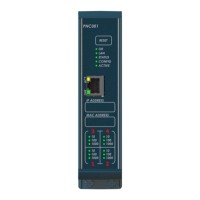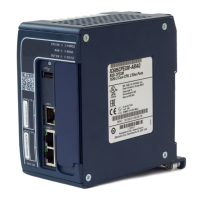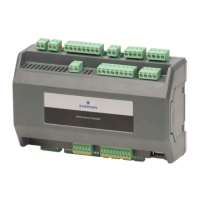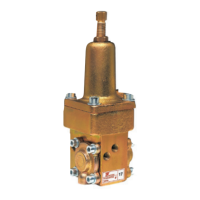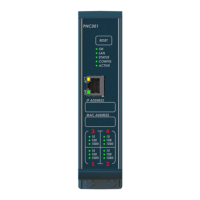User Manual Section 7
GFK-2958L May 2021
Earthing and shielding 425
CAUTION
•
If it is only possible to have a one-sided shield connection for reasons specific to the
circuit or equipment, the second side of the cable shield can be routed to the local
reference potential via a capacitor (with short connections). To prevent disruptive
discharges when interference pulses occur, a varistor or a resistor can also be wired in
parallel to the capacitor.
•
As an alternative, a doubled version (galvanically isolated) can be used, whereby the
inner shield is connected on one side and the outside shield is connected on both sides.
7.4.1 Equipotential Bonding
If system components are positioned separately from each other, potential differences may
arise, provided that:
•
Power is provided from different sources
•
The earthing is implemented at different system parts, despite the cable shields being
connected at both sides
A voltage equalizing cable must be used for equipotential bonding.
WARNING
The shield must not be used for equipotential bonding.
The following features are essential for a voltage equalizing cable:
•
In the case of cable shields on both ends, the impedance of the equalizing cable must
be considerably smaller than that of the shield connection (maximum 10 % of its
impedance)
•
When the length of the equalizing cable is less than 200 m (656.2 ft), its cross-section
must be at least 16 mm2 (0.025 in2). If the cable is greater than 200 m (656.2 ft) in
length, a cross-section of at least 25 mm2 (0.039 in2) is necessary.
•
Large-surface connection with the PE conductor or the earthing and corrosion
protection are requirements for long-term safe operation
•
They must be made of copper or galvanized steel
•
In order to keep the enclosed area as small as possible, the equalizing cable and signal
cable must be routed as close to each other as possible
7.4.2 Inductance Wiring
For inductive loads, it is recommended that protective circuits be placed directly on the
load. The earth (PE/FE) must be connected in a neutral-point configuration according to
regulations for switch cabinets.
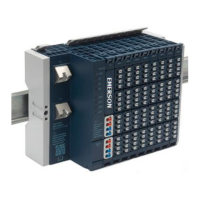
